

Articles
How To Store Manchego Cheese
Modified: May 6, 2024
Learn the best methods for storing Manchego cheese in this informative article. Keep your cheese fresh and flavorful with these useful tips.
(Many of the links in this article redirect to a specific reviewed product. Your purchase of these products through affiliate links helps to generate commission for Storables.com, at no extra cost. Learn more)
Introduction
Welcome to the world of Manchego cheese, known for its rich flavor and unique characteristics. If you’re a cheese enthusiast, you understand the importance of properly storing your favorite cheeses to preserve their taste and texture. Manchego, a popular Spanish sheep’s milk cheese, requires special care to maintain its quality.
In this article, we will guide you through the process of storing Manchego cheese effectively. We will cover everything from choosing the right cheese to the importance of temperature and humidity control. By following these guidelines, you can ensure that your Manchego cheese stays in optimal condition for an extended period.
So, let’s dive in and discover the secrets of storing Manchego cheese!
Key Takeaways:
- Properly storing Manchego cheese involves choosing high-quality cheese, wrapping it in wax paper, and maintaining the ideal temperature and humidity. This ensures the cheese stays fresh and flavorful for an extended period.
- To preserve the rich flavor and texture of Manchego cheese, store it separately from strong-smelling foods, handle it with care, and consume it within the recommended timeframe. Avoid freezing to fully enjoy its unique qualities.
Read more: How To Store Velveeta Cheese
Choosing the Right Cheese
When it comes to storing Manchego cheese, one of the first steps is to choose a high-quality cheese from a reputable source. Look for Manchego cheese that is made from 100% sheep’s milk and is aged for the proper amount of time.
When selecting your cheese, pay attention to the rind. A good Manchego cheese should have a firm and natural rind without any signs of mold or discoloration. The cheese itself should have a smooth and even texture, free from any cracks or dry spots.
It’s also worth considering the age of the cheese. Manchego cheese typically comes in different aging categories, ranging from young (3 months) to aged (12+ months). The aging process affects both the flavor and texture of the cheese. Younger Manchego has a milder taste and a softer texture, while the aged varieties are characterized by a more intense flavor and a firmer, crumbly texture.
Ultimately, the choice of cheese comes down to personal preference. Whether you prefer a young, mild Manchego or an aged, robust one, make sure it meets your taste preferences and is of high quality.
Proper Storing Techniques
Once you have chosen the perfect Manchego cheese, it’s crucial to store it properly to maintain its quality and flavor. Here are some essential techniques to follow:
- Keep it wrapped: Manchego cheese should be wrapped tightly in wax paper or cheese paper to protect it from air exposure. Avoid using plastic wrap or aluminum foil as they can trap moisture and affect the cheese’s texture.
- Avoid direct contact with other foods: To prevent cross-contamination and unwanted flavors, store Manchego cheese separately from other strong-smelling foods in your refrigerator.
- Store in the right location: The best place to store Manchego cheese is in the refrigerator’s cheese drawer or the vegetable compartment. These areas typically have a slightly higher humidity level, which helps to maintain the cheese’s moisture content.
- Use a cheese vault: If you’re a cheese aficionado and plan to store Manchego cheese for an extended period, investing in a cheese vault can be a wise choice. These specialized containers provide the ideal environment for cheese storage, with controlled temperature and humidity levels.
- Rotate the cheese: To ensure even aging and to prevent the development of soft spots, remember to rotate the cheese occasionally. This practice helps to distribute moisture evenly and maintain the cheese’s structure.
By following these storing techniques, you can prolong the shelf life of your Manchego cheese and enjoy it at its best.
Temperature and Humidity Control
Temperature and humidity play a crucial role in preserving the quality and flavor of Manchego cheese. Here’s what you need to know about controlling these two factors:
Temperature: The ideal temperature for storing Manchego cheese is between 45°F (7°C) and 50°F (10°C). This temperature range helps slow down the development of bacteria and mold without causing the cheese to freeze. Avoid storing it too close to the freezer compartment, as extreme cold temperatures can adversely affect the cheese’s texture and flavor.
Humidity: Maintaining the proper humidity level is equally important. Manchego cheese thrives in a humidity range of 70% to 80%. Too high humidity can lead to excessive moisture, causing the cheese to become slimy or develop mold. On the other hand, low humidity can result in the cheese drying out and losing its flavor. To maintain optimal humidity, store the cheese in a cool, dark place and use a humidity monitor or a hygrometer to ensure the levels remain within the desired range.
It’s important to note that these guidelines apply to long-term storage. If you’re planning to consume the cheese within a few days, storing it in the refrigerator at the recommended temperature range is sufficient.
By controlling the temperature and humidity levels, you can prolong the shelf life of Manchego cheese and ensure that it retains its delicious flavor and unique characteristics.
Packaging Materials
The right packaging materials are essential for storing Manchego cheese and preserving its quality. Here are some recommended options:
Wax paper: Wrap your Manchego cheese tightly in wax paper. This breathable material allows the cheese to maintain its moisture while protecting it from external elements. Wax paper also minimizes the risk of excessive drying or sweating.
Cheese paper: If you want to invest in specialized packaging, cheese paper is a great option. Designed specifically for cheese storage, it has a unique wax coating on one side that allows the cheese to breathe. Cheese paper helps regulate moisture and protects the cheese from absorbing odors from the refrigerator or other foods.
Parchment paper: If you don’t have wax paper or cheese paper on hand, parchment paper can serve as a suitable alternative. It provides a protective barrier while allowing the cheese to breathe. Just make sure to secure the paper with a rubber band or kitchen twine to maintain the tight wrap.
Airtight containers: For short-term storage of Manchego cheese, airtight containers can be used. Opt for containers that are BPA-free and have a tight seal. Ensure the container is clean and dry before placing the cheese inside, and avoid crowding multiple cheeses together to prevent moisture transfer between them.
Cheese bags: If you frequently store and consume cheese, investing in cheese bags can be a smart choice. These specially designed bags have microperforations that help regulate airflow while protecting the cheese. Cheese bags also keep the cheese from drying out or becoming overly moist.
Remember to label your packaging with the date of purchase or the cheese’s expiration date. This will help you keep track of the cheese’s freshness and ensure you consume it in a timely manner.
By using the appropriate packaging materials, you can preserve the quality and flavor of your Manchego cheese for an extended period.
Store Manchego cheese in the refrigerator in its original packaging or wrapped in wax paper. Keep it away from strong-smelling foods to prevent absorption of odors. Allow it to come to room temperature before serving for the best flavor.
Read more: How To Store Hard Cheese
Avoiding Cross-Contamination
Cross-contamination can negatively impact the flavor and quality of Manchego cheese. To prevent undesirable flavors and odors from other foods, follow these guidelines:
Separate storage: When storing Manchego cheese, make sure to keep it separate from other strong-smelling foods in your refrigerator. Foods like onions, garlic, and highly aromatic cheeses can impart their flavors onto the Manchego, altering its taste. Consider using a designated cheese drawer or a separate shelf to minimize the chances of cross-contamination.
Airtight wrapping: Proper wrapping of the Manchego cheese is vital to keep unwanted flavors out. Avoid using plastic wrap, as it can trap odors and affect the cheese’s taste. Instead, opt for wax paper, cheese paper, or parchment paper, which provide a breathable yet protective barrier without transferring flavors.
Secure packaging: Ensure that the cheese is securely packaged to prevent any contact with other foods. If storing it in a shared refrigerator, place the cheese in a sealed container or a zip-top bag to further minimize the risk of cross-contamination.
Clean storage environment: Regularly clean and sanitize your refrigerator to remove any food residues or strong odors that could transfer to the cheese. Wiping down shelves, drawers, and surfaces with a gentle cleanser and warm water will help maintain a clean storage environment.
By taking these precautions, you can ensure that your Manchego cheese remains free from unwanted flavors and maintains its distinct taste.
Maintaining the Cheese’s Flavor and Texture
To fully enjoy the rich flavor and distinctive texture of Manchego cheese, it’s important to take certain steps to maintain its quality. Here are some tips:
Consume within the recommended timeframe: Manchego cheese is best enjoyed within a specific time frame. Younger varieties are typically consumed within 3 to 6 months, while aged versions can be enjoyed up to a year or longer. To experience the optimal flavor and texture, try to consume the cheese before it reaches its expiration date.
Handle with care: When handling Manchego cheese, it’s important to treat it with care. Avoid pressing or squeezing the cheese too forcefully, as it can alter the texture. Always use clean hands or a cheese knife to slice or cut the cheese, rather than using a utensil that may transfer flavors or damage the cheese’s structure.
Allow it to breathe: After removing the cheese from its packaging, allow it to breathe for a few minutes before serving. This helps the flavors of the cheese fully develop and intensify. However, be mindful not to expose the cheese to excessive air as it can lead to dehydration.
Serve at the right temperature: Manchego cheese is best enjoyed at room temperature. Allow the cheese to sit out for about 30 minutes before serving to bring out its flavors and aroma. For optimal taste, pair it with some crusty bread, fruits, or a drizzle of honey to complement its distinct taste profile.
Avoid freezing: Freezing Manchego cheese is not recommended as it can negatively affect its texture and flavor. Freezing can cause the cheese to become crumbly or even develop a rubbery consistency. It’s best to consume the cheese before it reaches its expiration date to fully savor its unique qualities.
By following these guidelines, you can ensure that the flavor and texture of your Manchego cheese are preserved, allowing you to indulge in its delightful taste and consistency.
Frequently Asked Questions (FAQs)
Here are some frequently asked questions about storing Manchego cheese:
1. Can I store Manchego cheese at room temperature?
Manchego cheese is best stored in the refrigerator to maintain its quality and prevent spoilage. However, if you plan to consume the cheese within a day or two and the room temperature is cool (around 70°F or 21°C), you can leave it out briefly. Just make sure to wrap it tightly to prevent excessive drying.
2. Can I freeze Manchego cheese?
It’s not recommended to freeze Manchego cheese as it can alter the texture and affect the flavor. Freezing can cause the cheese to become crumbly, and upon thawing, it may lose its original taste and become less enjoyable.
3. Can I store Manchego cheese with other types of cheese?
While it is possible to store Manchego cheese with other types of cheese, it’s important to consider the potential for cross-contamination. The strong flavors and aromas of certain cheeses can transfer to the Manchego, altering its taste. It’s best to store Manchego cheese separately or use individual airtight containers to avoid flavor mixing.
4. How long can I store Manchego cheese?
The shelf life of Manchego cheese depends on its age and the conditions in which it is stored. Younger Manchego cheese should be consumed within 3 to 6 months, while aged varieties can be enjoyed for longer, up to a year or more. However, the cheese’s flavor and texture may change over time, so it’s best to consume it before the expiration date for the optimal experience.
5. Can I eat the rind of Manchego cheese?
The rind of Manchego cheese is typically edible and safe to consume. However, some individuals may find the rind to be too strong or prefer to remove it before eating. It’s a matter of personal preference, so feel free to enjoy the cheese with or without the rind based on your taste.
6. How can I tell if Manchego cheese has gone bad?
If Manchego cheese develops an unsightly mold, has an off-putting odor, or becomes slimy or excessively dry, it is likely spoiled and should be discarded. Trust your senses and use your judgment when determining the quality of the cheese.
By addressing these commonly asked questions, we hope to provide you with a better understanding of how to store and enjoy your Manchego cheese.
Conclusion
Storing Manchego cheese properly is essential for maintaining its flavor, texture, and overall quality. By following the guidelines outlined in this article, you can ensure that your Manchego cheese remains in optimal condition for an extended period.
Start by choosing a high-quality Manchego cheese made from 100% sheep’s milk and aged to your preferred taste. Wrap the cheese tightly in wax paper, cheese paper, or parchment paper to protect it from air exposure. Store the cheese in a cool, dark place with controlled temperature and humidity levels, preferably in the refrigerator’s cheese drawer or vegetable compartment.
Avoid cross-contamination by storing Manchego cheese separately from other strong-smelling foods, and always use clean hands or a cheese knife when handling the cheese. Allow the cheese to breathe for a few minutes before serving, and savor its delicious flavor at room temperature.
Remember to consume Manchego cheese within the recommended timeframe, as younger varieties are best enjoyed within a few months, while aged ones can be savored for a year or longer. Avoid freezing the cheese as it can affect its texture and taste.
By implementing these practices, you can indulge in the delightful flavors and textures of Manchego cheese, whether enjoying it solo, in a cheese platter, or as a delightful accompaniment to your favorite dishes and recipes.
So, next time you bring home a wheel of Manchego cheese, store it with care, follow these guidelines, and savor the sumptuous flavors of this remarkable Spanish cheese.
Now that you're well-versed in keeping Manchego cheese at its best, why not delve into other dairy dilemmas? For instance, if you're curious about the longevity of different cheeses when frozen, our next guide on cheese preservation is perfect for you. With practical advice, you'll learn to manage your freezer space effectively while ensuring every slice remains delectable. Don't miss out on these essential tips!
Frequently Asked Questions about How To Store Manchego Cheese
Was this page helpful?
At Storables.com, we guarantee accurate and reliable information. Our content, validated by Expert Board Contributors, is crafted following stringent Editorial Policies. We're committed to providing you with well-researched, expert-backed insights for all your informational needs.
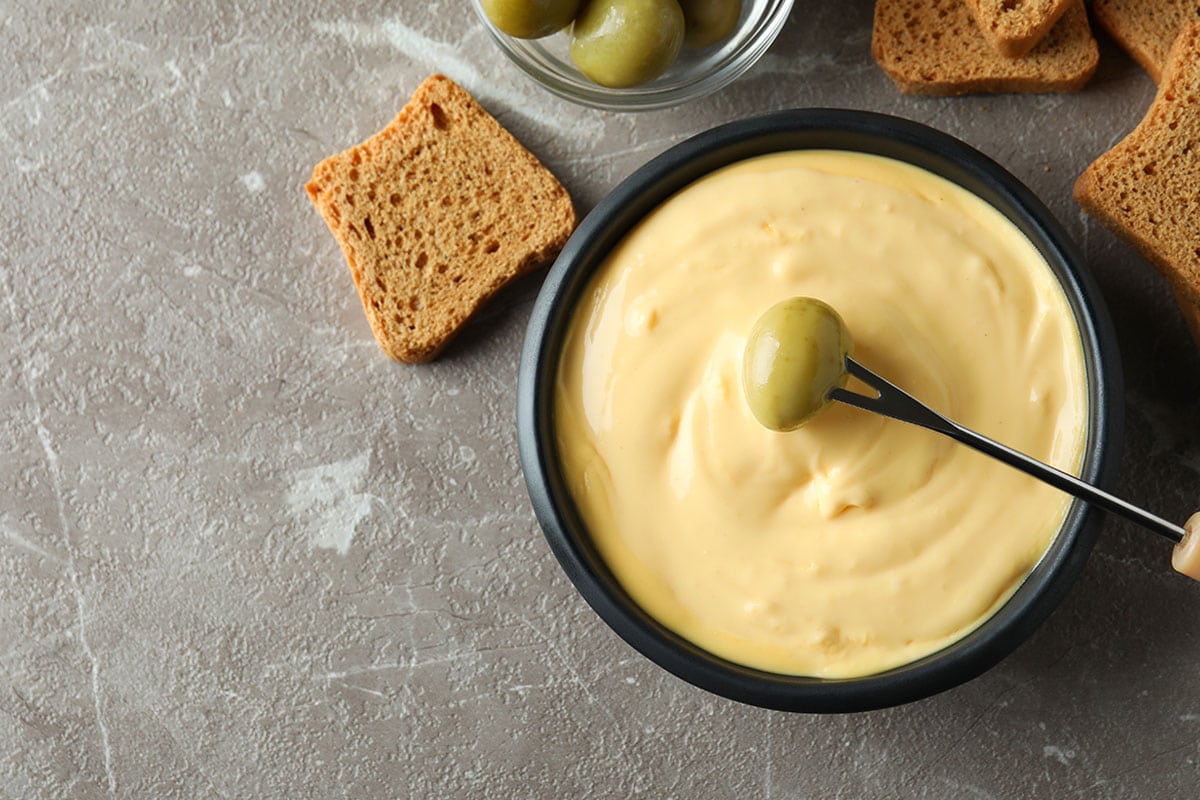


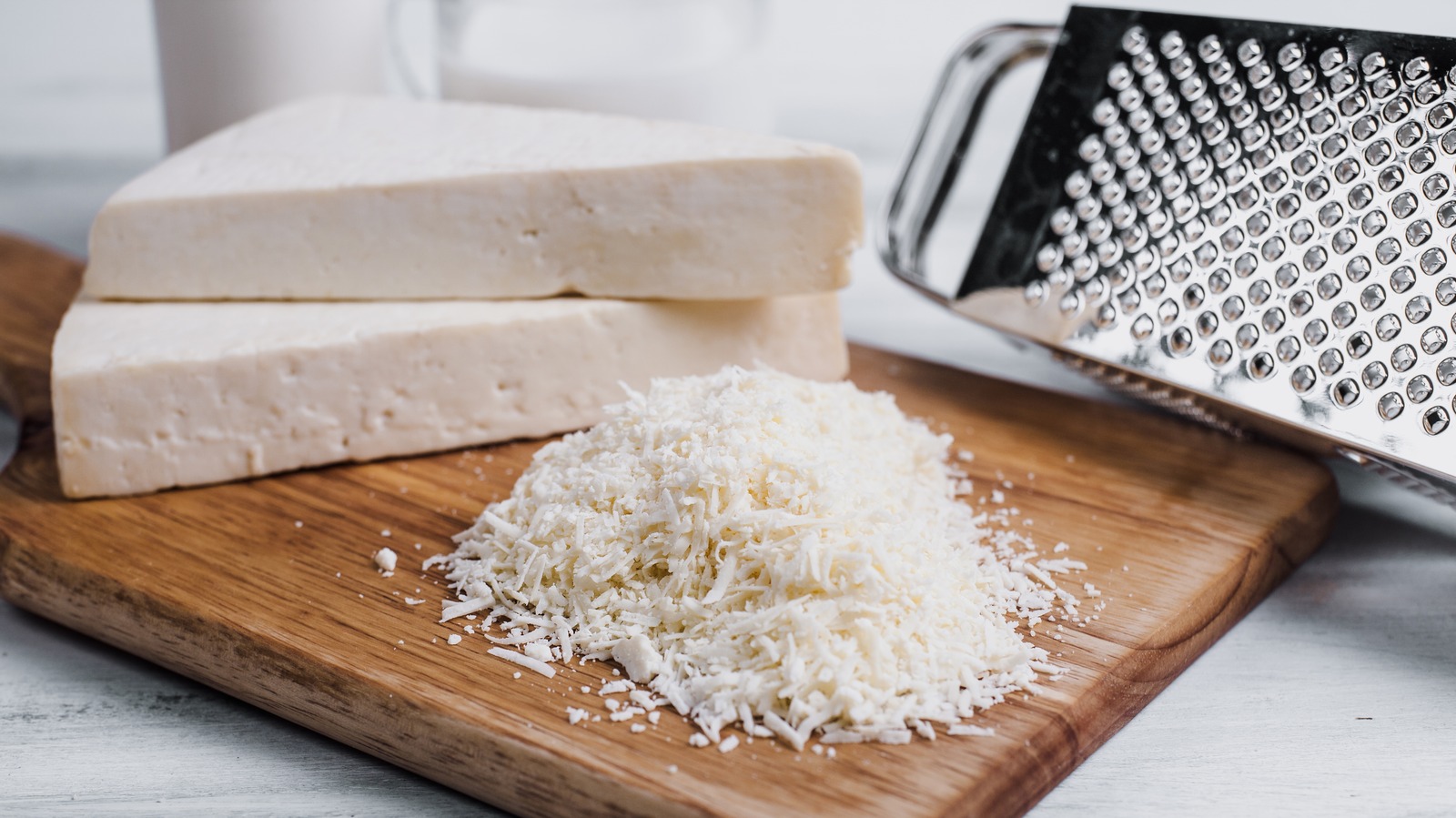
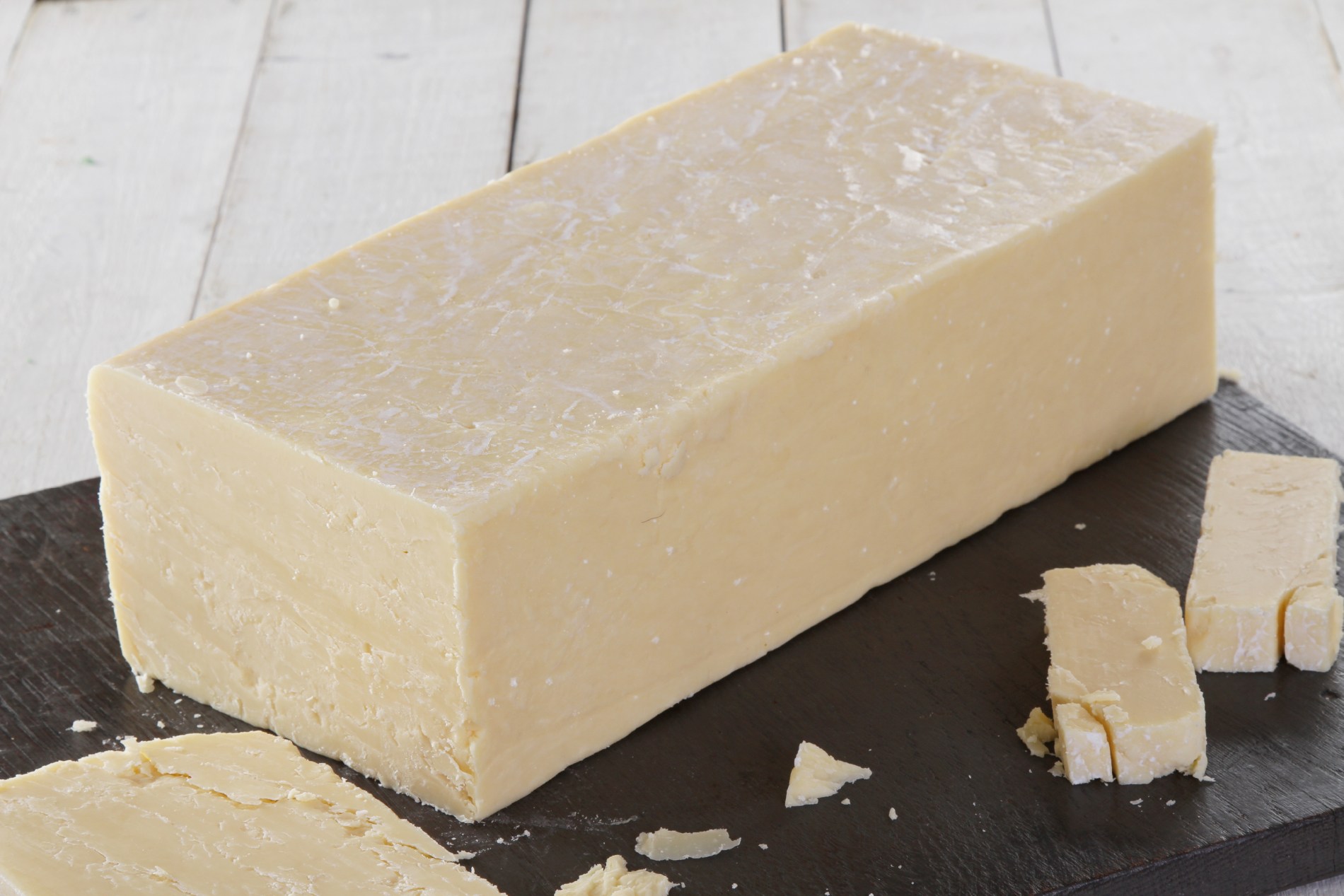
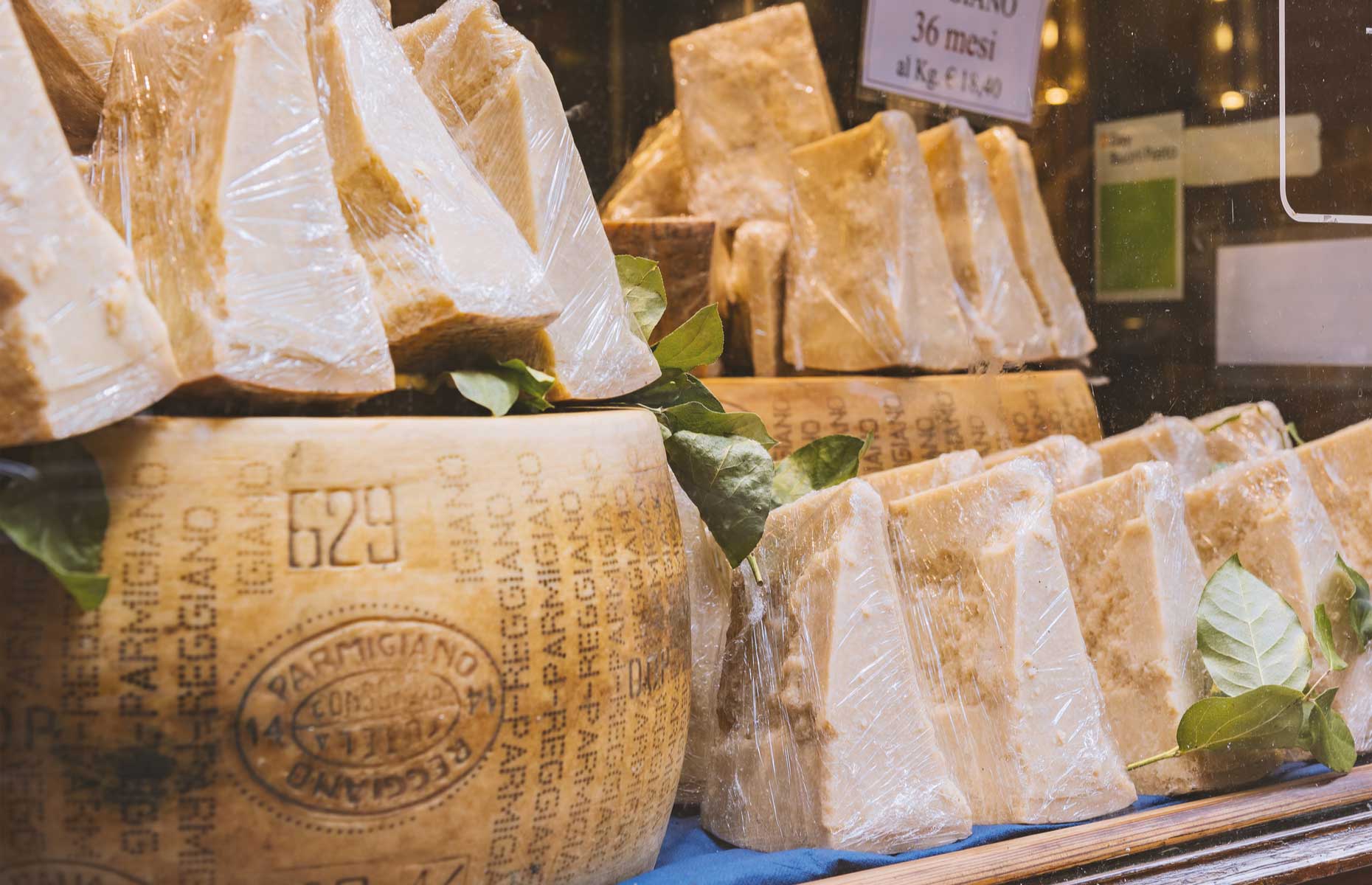

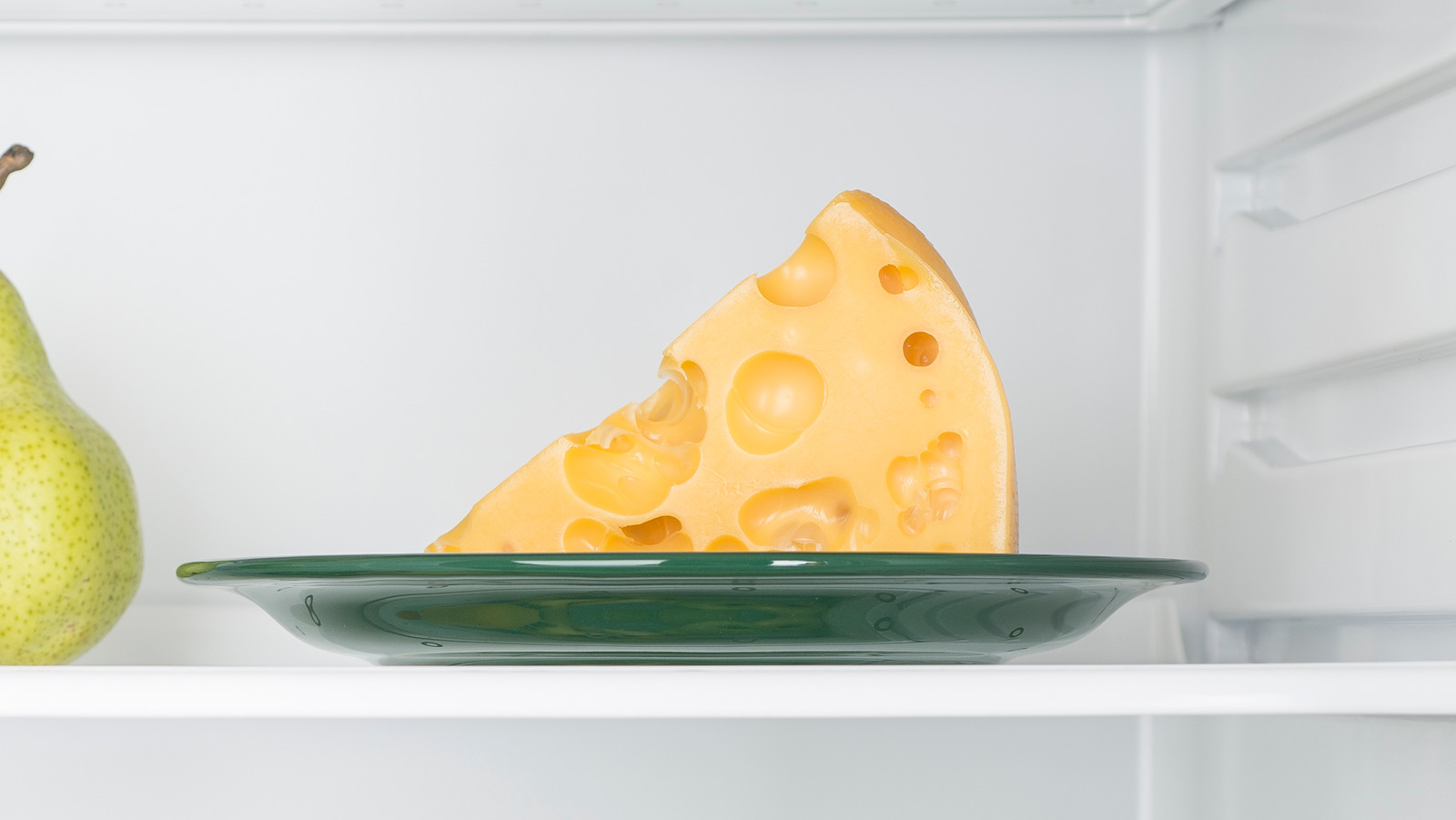




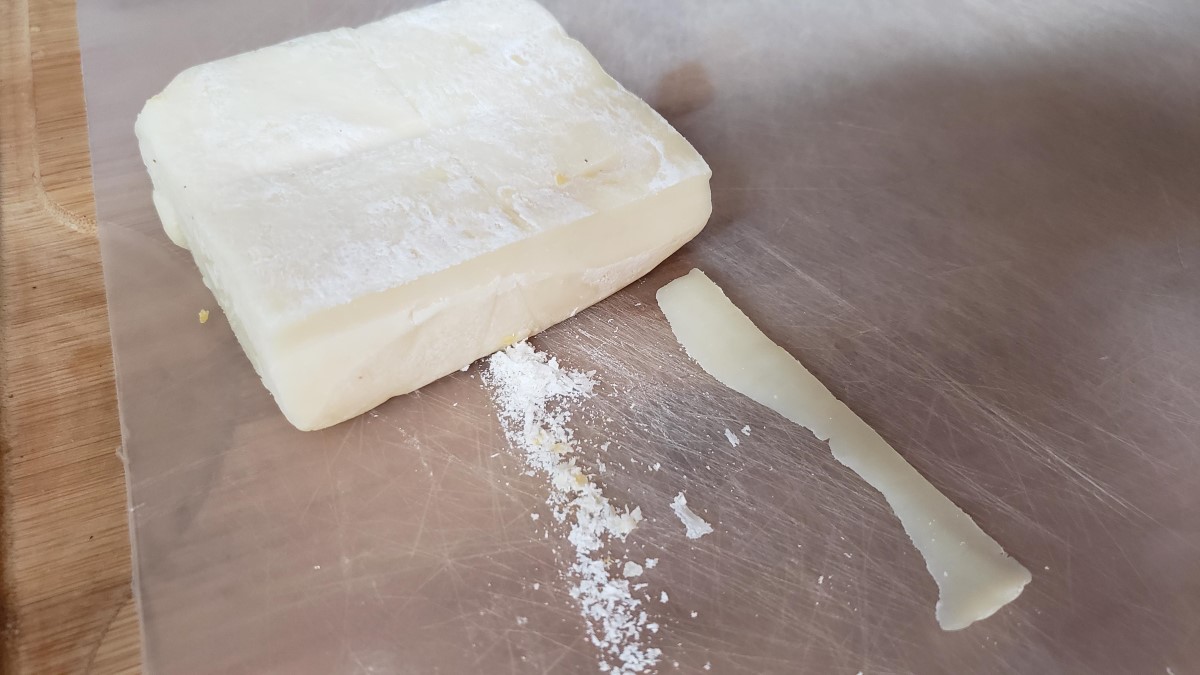


0 thoughts on “How To Store Manchego Cheese”